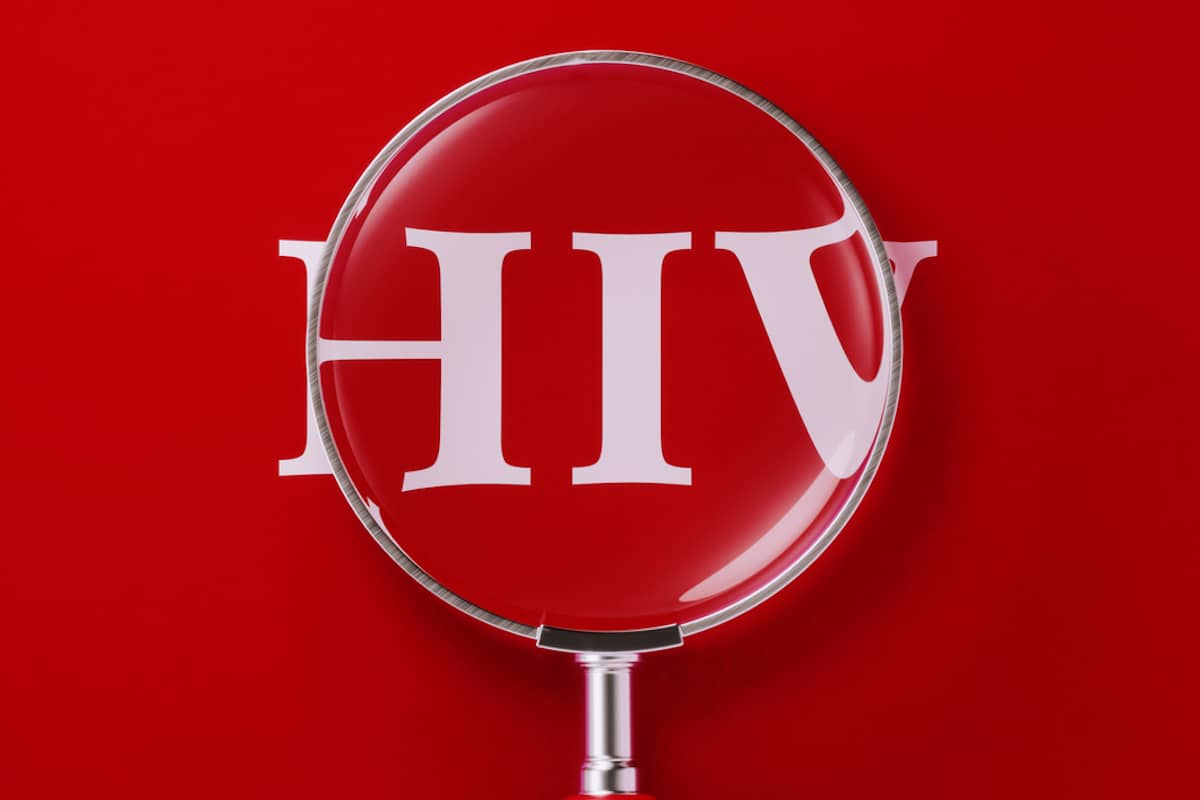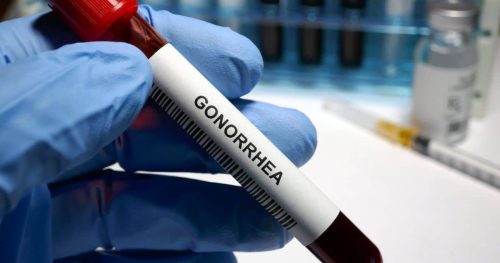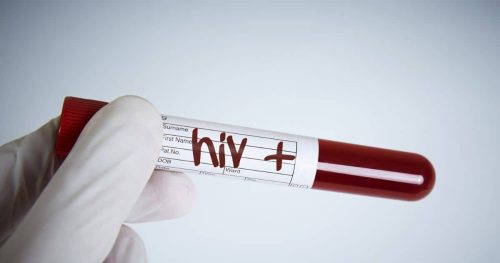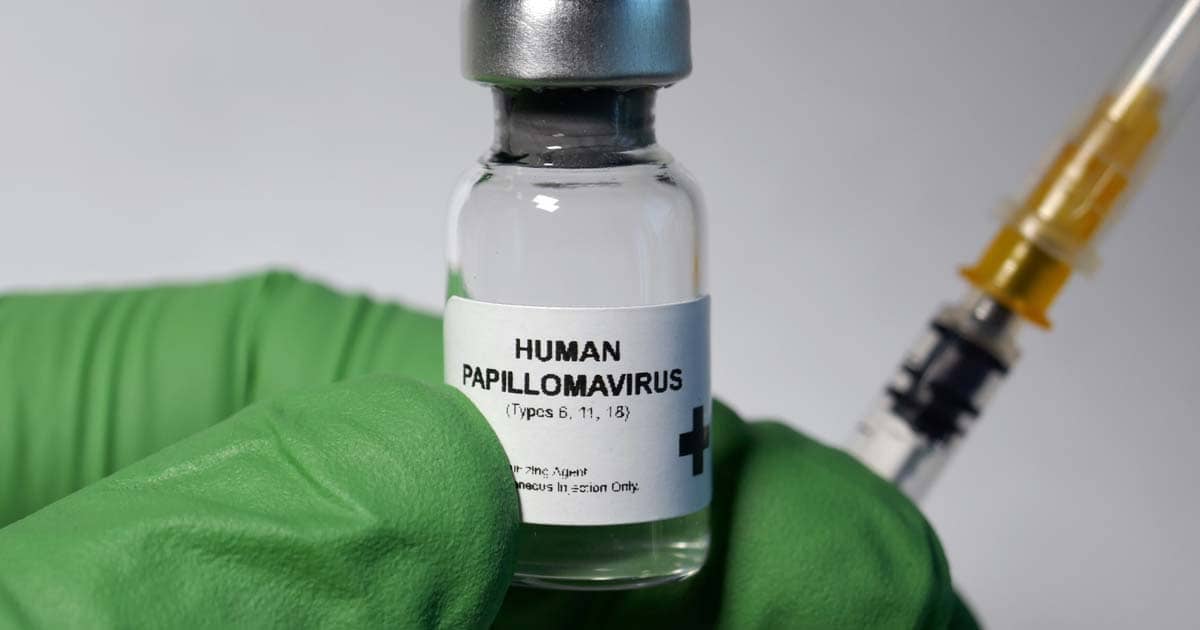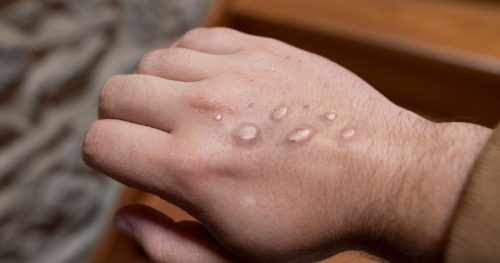While modern antiretroviral therapies can suppress the human immunodeficiency virus to nearly undetectable levels, there is still no cure for the infection. Cornell researchers have currently received a grant that will allow examination of important cellular mechanisms standing in the way of eliminating the infection. This new research increases the hope of finding a cure.
Continue readingPost Category → #HIV
High Risk Groups Benefit from Reliable HIV Protection, Annual Study Shows
It’s a well-known fact that HIV affects men disproportionately. The latest annual statistics from the US suggest that high risk groups like men who have sex with men are benefiting from reliable protection in the form of HIV PrEP. PrEP has contributed to a significant slowdown in the number of new infections and the trend has been ongoing ever since 2017.
Continue readingGonorrhoea Resistant to Several Classes of Antibiotics Identified for the First Time
Research from the US suggests that a new “super” strain of gonorrhoea has already started infecting individual. This strain is resistant to nearly every class of antibiotic used for the treatment of the STD. the situation is considered a public health crisis that necessitates the development of a brand new therapeutic approach.
Continue readingThe Main Reason Why HIV is a Lifelong Condition
The scientific community still hasn’t discovered a 100 per cent effective cure for HIV and researchers may know the reason why. A new Johns Hopkins University study suggests that the virus uses complex cellular processes to maintain a solid DNA reservoir. This is even true among individuals receiving antiretroviral therapy.
Continue readingWhat to Do if You Find Out Your Partner Has Given You an STD
An STD should be the last thing on your mind when in a relationship but it’s possible to get an infection from your partner (even when you’re in a committed monogamous relationship). Getting the news about a sexually transmitted disease is never easy but you should get yourself together and complete a couple of important steps.
Continue readingNew Findings Deliver Proof on the Resilience of HIV
The human immunodeficiency virus employs numerous mechanisms to spread within the human body and remain concealed. A thorough clinical trial suggests how it does so during the early stages of an infection. The findings of the clinical trial also make it clear why antiretroviral therapy could be ineffective in the beginning of an active infection.
Continue readingThe STD and Non-STD Causes of Penile Discharge
Urine, pre-ejaculate and ejaculate are what we know as normal penile discharge. However, medical evaluations are necessary if discharge occurs when people are not urinating or engaging in any sexual activities. Besides being associated with chlamydia and gonorrhea, there are also non-STD causes of penile discharge such as urinary tract infection (UTI), prostatitis and balanitis. Discover all possible factors that can lead to abnormal penile discharge in this article.
Continue readingOne Jab That Saves Lives: Why Young Girls Should Get HPV Vaccine
The recent convention of WHO’s Strategic Advisory Group of Experts (SAGE) concluded that a single-dose HPV vaccine delivers reliable protection and comparable efficacy to two or three-doses proven by emerging evidence over the past years. HPV causes at least 70% of cervical cancers, which are the fourth most common cancer that happen to women all over the world. In this article, find out what the new finding can bring to fully eliminate cervical cancers.
Continue readingThe Emergence of Monkeypox: 5 Important Facts You Must Know
Monkeypox was first discovered in 1958 among monkeys kept for research. Before the May 2022 outbreak, the first human case of monkeypox was in 1970. Considering how the disease is transmitted, monkeypox is an STI since close physical contact such as kissing and sexual intercourse can spread it. In this article, discover monkeypox’s symptoms and risk factors, prevention and treatment.
Continue readingBeing HIV-positive in Singapore: What To Know
The Infectious Disease Act is a specific law in Singapore that governs several areas of concerns revolving around counseling requirements, sexual activitity, blood donation, protection of identity and disclosure of status. This article covers what you need to know about being HIV-positive in Singapore, the types of HIV medications and what steps you can take to prevent HIV.
Continue reading

